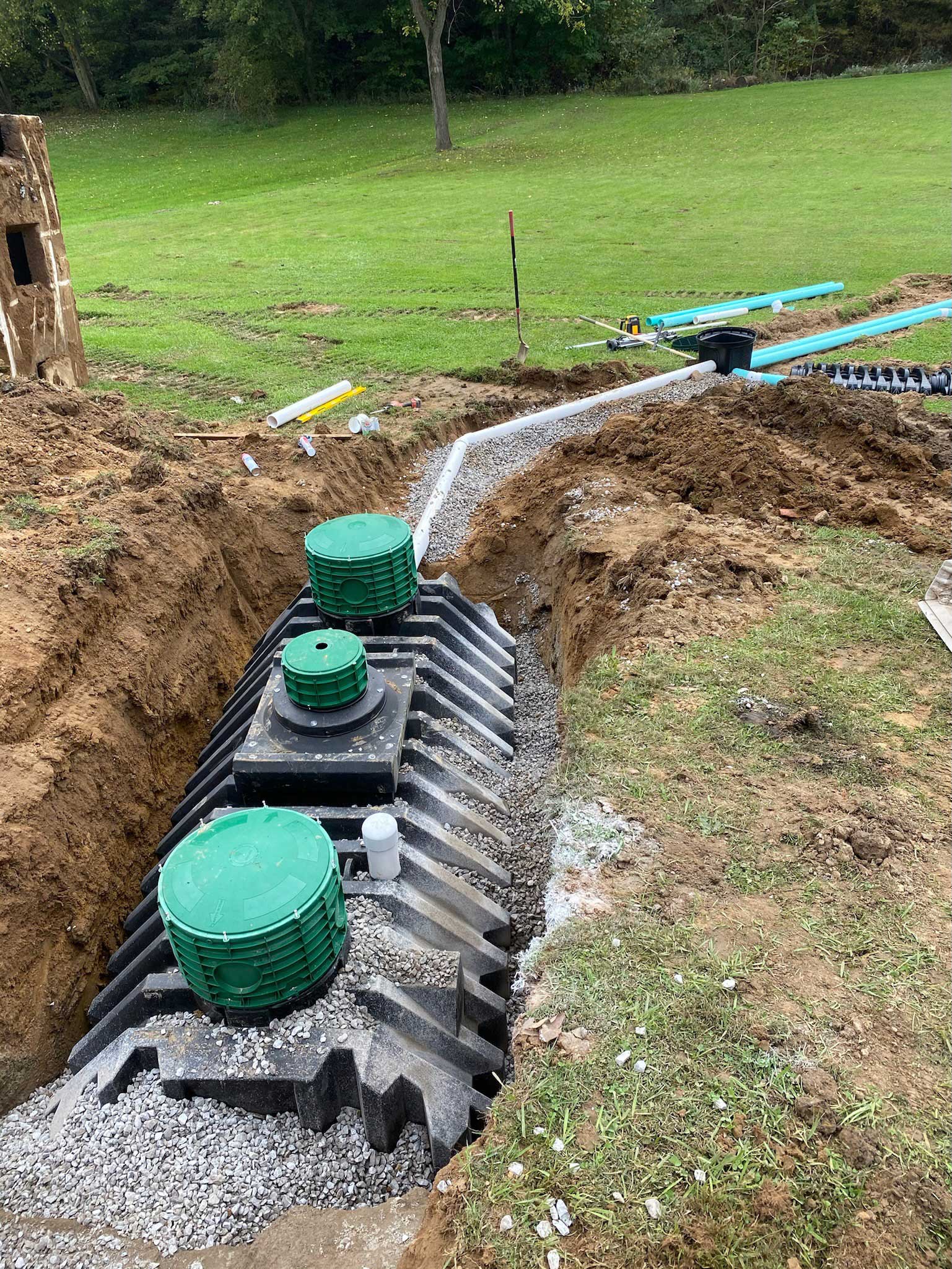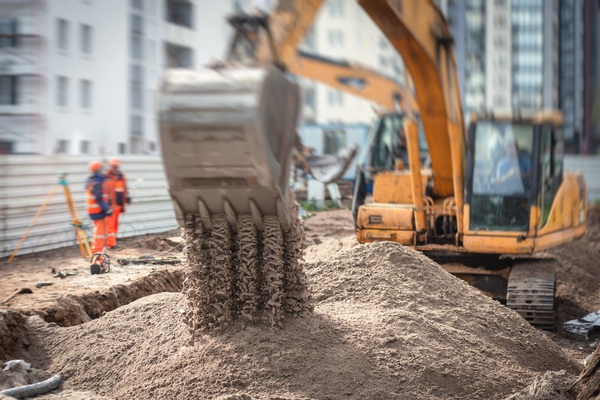Unveiling the Art of Excavation: Pro Tips for Safe and Effective Excavating
In the world of excavation, the mastery of risk-free and productive digging is an art kind that needs expertise, adherence, and accuracy to established practices. As dirt is turned and earth is moved, the details of excavation expose themselves, demanding a keen understanding of tools, dirt composition, security protocols, and environmental factors to consider. The competence needed to browse these aspects properly can suggest the distinction in between a successful excavation job and a possible disaster. By unraveling the layers of this elaborate process, a world of approaches and insights awaits those looking for to elevate their excavation abilities to brand-new elevations.
Relevance of Proper Devices
To guarantee the safety and effectiveness of any kind of excavation job, using the ideal tools is critical. Excavation jobs vary in range and intricacy, ranging from little domestic landscaping jobs to large building and construction endeavors.
These flexible makers come in various sizes to suit different project demands. Tiny excavators are perfect for smaller jobs, while larger excavators take on a lot more substantial tasks successfully.
Aside from excavators, other critical devices includes dump trenchers, trucks, and excavators. Dump vehicles are vital for eliminating and carrying excavated products, while trenchers are used for digging slim and deep trenches. Excavators master tasks that call for pressing huge quantities of soil or debris. By buying the suitable equipment, excavation tasks can be completed securely, promptly, and with accuracy.
Understanding Soil Make-up
A comprehensive understanding of soil composition is fundamental for executing excavation projects with accuracy and safety and security. Comprehending the different types of dirt is essential as it straight impacts excavation approaches, devices choice, and overall task effectiveness.
Sand particles are the largest and offer excellent drainage yet provide little communication. Silt bits are smaller sized than sand however larger than clay, offering moderate water drainage and cohesion. Clay fragments are the tiniest and offer high communication yet inadequate drainage. Organic matter, such as rotting plant material, influences dirt fertility and security.
Before beginning excavation, performing soil examinations to identify its make-up and attributes is necessary. This information aids in picking the proper devices, implementing security measures, and developing excavation methods tailored to the certain dirt conditions - lancaster excavation. By recognizing soil structure, excavation experts can enhance job outcomes while making certain safety and security and adherence to best practices
Precaution and Protocols
Understanding soil composition is the foundation upon which safety and security measures and procedures for excavation jobs are developed, guaranteeing the health of workers and the success of the endeavor. When it pertains to safety and security during excavation, there are a number of key steps that have to be implemented to alleviate threats and prevent crashes.
Most importantly, prior to any excavating begins, a detailed evaluation of the website need to be carried out to recognize any type of excavating ohio possible risks such as underground utilities, unpredictable dirt conditions, or nearby frameworks that might pose a threat. It is important to have a competent individual supervise the excavation procedure to guarantee that all safety protocols are followed strictly.
In addition, all employees associated with the excavation needs to be properly educated in risk-free digging methods and the proper procedure of devices. Personal protective tools (PPE) such as difficult hats, high presence apparel, handwear covers, and security boots should be used in all times to reduce the risk of injuries. excavating ohio. Routine safety and security meetings and tool kit talks must also be carried out to maintain all workers notified concerning possible threats and strengthen safe job practices. By sticking to these precaution and methods, excavation projects can be completed successfully and without occurrence.
Efficient Excavation Planning
When starting an excavation project, thorough planning is vital to make certain effectiveness, safety, and successful end results. Effective excavation preparation involves numerous essential steps that are crucial for the smooth implementation of the project. The initial step is to perform a detailed site evaluation to identify any type of potential threats, such as underground utilities or unstable soil problems. This details is important for creating a thorough excavation strategy that includes safety and security measures and run the risk of reduction approaches.
When the site analysis is full, the following action is to develop a clear timeline and timetable for the excavation activities. This includes figuring out the series of tasks, tools requirements, and workforce appropriation. Correct scheduling helps stay clear of delays and guarantees that the task remains on track.

In addition, communication among all staff member is critical throughout the preparation phase. Clear instructions, regular updates, and effective coordination are essential for an effective excavation project. By investing effort and time in thorough preparation, excavation groups can dramatically improve efficiency, decrease dangers, and accomplish effective outcomes.

Taking Care Of Ecological Considerations
With boosting focus on environmental sustainability in construction techniques, taking care of environmental factors to consider has actually become an important element of excavation tasks. Excavation tasks have the potential to impact the surrounding setting via dirt erosion, sediment overflow, environment interruption, and contamination of water sources. To mitigate these dangers, it is crucial to carry out best techniques that focus on environmental management.

Moreover, correct waste management is crucial to avoid soil and water contamination. Applying treatments for the disposal of unsafe materials, recycling of waste products, and reducing the use of unsafe chemicals can significantly minimize the environmental effect of excavation projects. By integrating these practices into excavation preparation and execution, construction firms can guarantee that their tasks are not just safe and effective yet likewise environmentally liable.
Conclusion
To conclude, mastering the art of excavation needs a comprehensive understanding of correct equipment, dirt structure, precaution, and reliable preparation. By following these guidelines and taking into consideration environmental factors, excavations can be performed safely and successfully. It is crucial to focus on safety and performance in every excavating project to make sure effective outcomes.
As soil is transformed and planet is moved, the ins and outs of excavation reveal themselves, requiring a keen understanding of tools, dirt structure, security procedures, and environmental considerations.To ensure the safety and security and efficiency of any excavation project, utilizing the ideal tools is vital.A comprehensive grasp of dirt structure is fundamental for implementing excavation tasks with accuracy and security. Comprehending the various kinds of soil is crucial as it directly impacts excavation approaches, devices option, and overall task performance. By comprehending dirt make-up, excavation professionals can improve project outcomes while making certain safety and security and adherence to best methods.